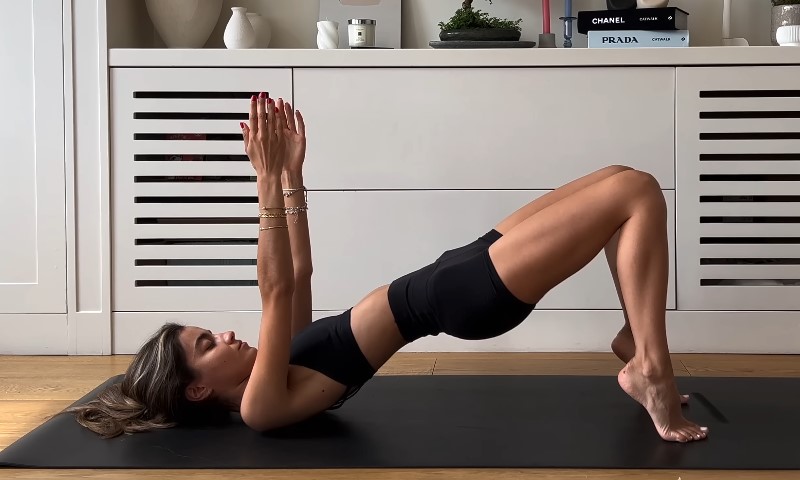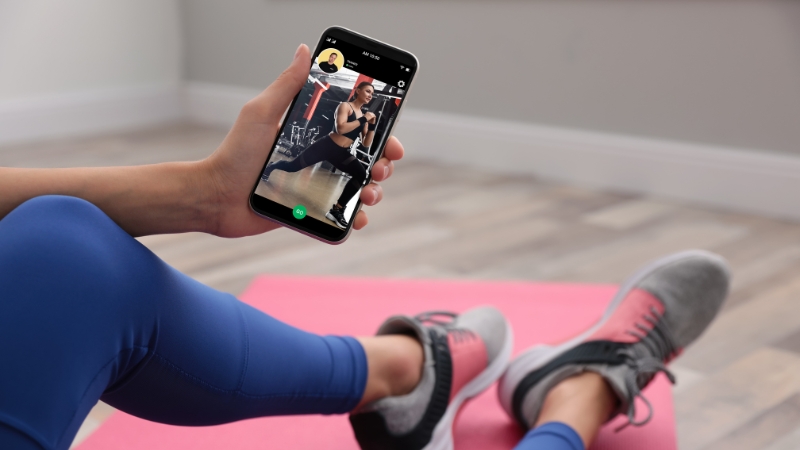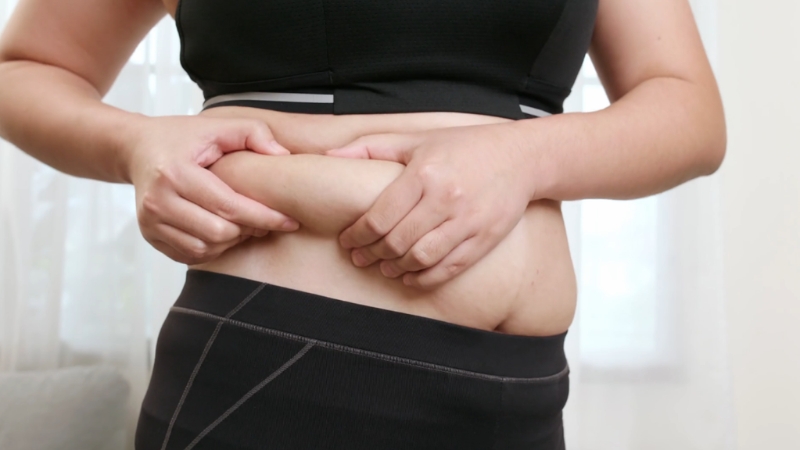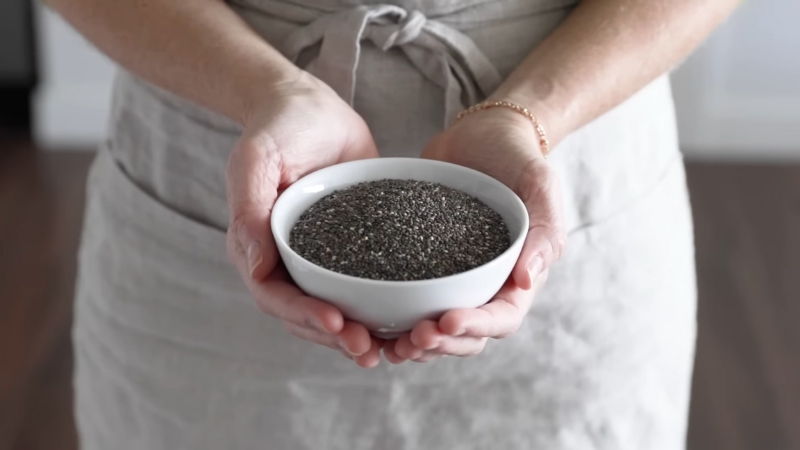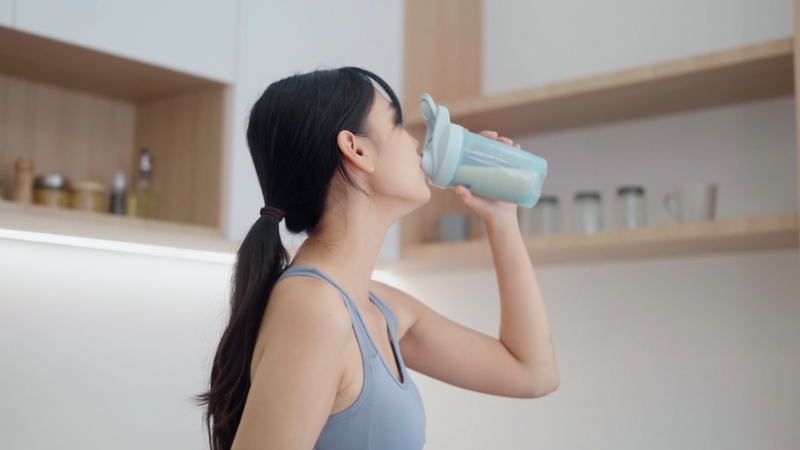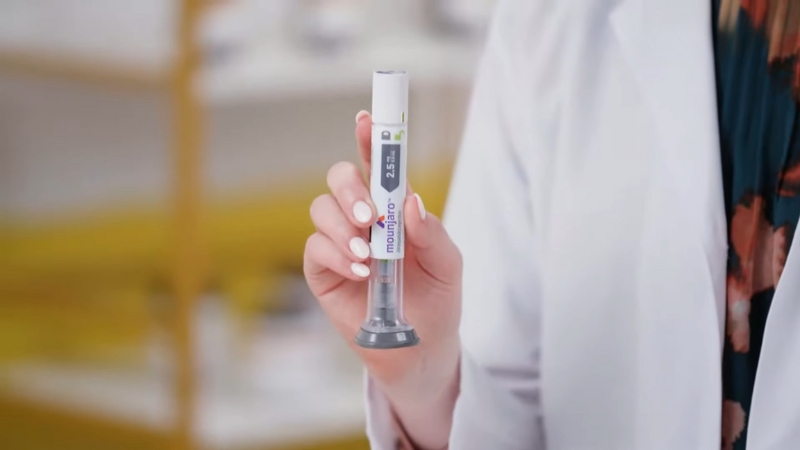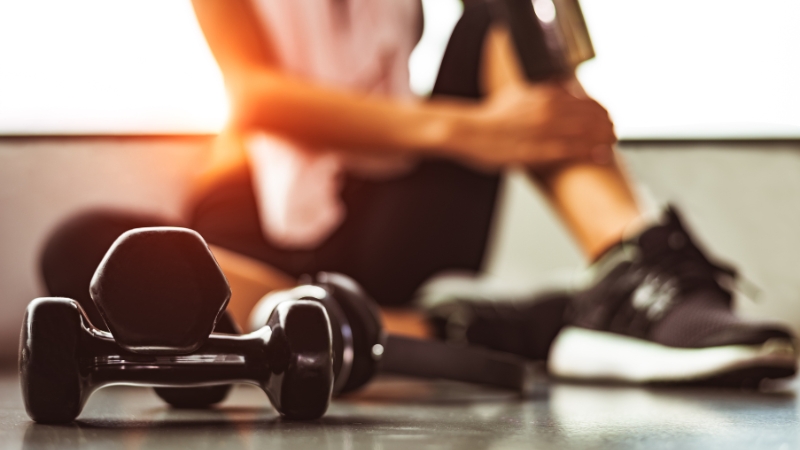
Share Post:
Leg cramps are sudden, painful muscle spasms that can occur without warning. Often targeting the calf muscles, these cramps can range from mildly uncomfortable to intensely painful, potentially leaving lingering soreness afterward.
Nighttime leg cramps are particularly disruptive, interfering with sleep and overall well-being. Fortunately, effective prevention and relief strategies can help manage these occurrences and minimize their impact.
Table of Contents
ToggleWhat Are Leg Cramps?
As stated by Certified Foot and Ankle Specialists, leg cramps, also known as “charley horses,” involve involuntary muscle contractions, most commonly in the calves.
Nighttime leg cramps, or nocturnal leg cramps, are particularly frustrating, often waking individuals from sleep. While most cases are harmless, frequent or severe cramps may indicate an underlying condition, requiring further attention.
Common Groups Prone to Leg Cramps
Certain groups are more likely to experience leg cramps due to specific factors:
- Pregnant Individuals: Hormonal changes, increased body weight, and altered blood flow during pregnancy contribute to a higher likelihood of leg cramps.
- Athletes: Intense physical activity and dehydration can lead to muscle fatigue, increasing susceptibility to cramps.
- Older Adults: Age-related changes in muscle elasticity and circulation make leg cramps more common among individuals over 50.
- Those with Sedentary Lifestyles: Extended periods of sitting or standing, especially on hard surfaces, can impair circulation and trigger cramps.
Strategies for Relieving Leg Cramps
When a leg cramp occurs, quick action can help alleviate the discomfort:
- Stretching: Stretching the affected muscle is one of the most effective ways to relieve a cramp. Straightening the leg and gently pulling the toes toward the shin helps relax the muscle and reduce tension. Pressing the foot flat against the ground or using a wall for support can also provide immediate relief. Regular stretching builds muscle flexibility and reduces future cramping incidents.
- Massage:Massaging the cramped muscle promotes relaxation and increases blood flow to the area. Applying firm but gentle pressure helps release the muscle tension. Combining massage with heat therapy, such as a warm towel or heating pad, can enhance relief and soothe the affected muscle.
- Heat Therapy: Applying heat to the cramped muscle improves circulation and helps loosen tight muscle fibers. A warm bath, heating pad, or hot water bottle can be highly effective. Heat therapy is particularly helpful for nighttime leg cramps, providing a soothing way to address sudden discomfort.
Preventing Leg Cramps
Effective prevention involves adopting habits that promote overall muscle health and reduce the risk of cramps:
Hydration: Maintaining proper hydration is key to preventing leg cramps. Drinking adequate water throughout the day ensures muscles remain hydrated and functional.
In addition to water, electrolyte-rich beverages, such as coconut water or sports drinks, can help balance the essential nutrients lost during sweating.
Nutrient-Rich Diet: Muscles rely on adequate levels of potassium, magnesium, calcium, and sodium for proper function. Foods like bananas, leafy greens, nuts, and dairy products provide these nutrients. For individuals with dietary restrictions, supplements may be considered to meet daily requirements. Consulting a healthcare provider ensures the right balance is achieved.
Regular Stretching: Incorporating daily stretches targeting the calves, hamstrings, and quadriceps helps maintain flexibility and prevent cramping. Stretching before bed can also reduce the occurrence of nighttime leg cramps. Stretching after long periods of sitting or standing is particularly beneficial, ensuring muscles remain active and healthy.
Supportive Footwear: Wearing shoes with proper arch support minimizes strain on the legs, reducing the risk of cramps. Individuals who spend significant time on their feet benefit from choosing footwear designed for comfort and stability. For those with specific foot issues, custom insoles or orthotics may provide the additional support needed to prevent cramps.
Effective Stretches for Prevention and Relief
Incorporating specific stretches into a daily routine can prevent leg cramps and provide immediate relief:
- Calf Stretch: Stand facing a wall, place hands on it for support, and extend one leg behind while keeping the heel flat. Lean forward to stretch the calf muscle.
- Hamstring Stretch: Sit on the floor with one leg extended and the other bent. Lean forward, reaching toward the toes of the extended leg.
- Quad Stretch: Stand on one leg, holding onto a chair or wall for balance, and pull the opposite foot toward the buttock to stretch the front of the thigh.
Holding each stretch for 15–30 seconds ensures effectiveness and promotes muscle flexibility.
When to Seek Medical Advice
While leg cramps are typically harmless, frequent or severe cramps may signal an underlying condition. Symptoms such as persistent pain, swelling, numbness, or skin changes should prompt a visit to a healthcare provider.
What Causes Cramps?
Muscle Overuse or Fatigue
- Excessive physical activity can exhaust muscles, making them more prone to cramping. Strenuous exercise, heavy lifting, or long hours of standing can create muscle fatigue, particularly in unconditioned muscles.
- Inadequate rest or insufficient stretching after activity can exacerbate the issue, leaving muscles more vulnerable to sudden spasms.
Electrolyte Imbalances
- Electrolytes, such as potassium, magnesium, calcium, and sodium, are essential for proper muscle function. A deficiency in these nutrients can cause muscles to contract abnormally.
- Electrolyte imbalances commonly occur due to dehydration, excessive sweating, or restrictive diets. These imbalances can disrupt normal muscle function, leading to painful spasms.
Poor Circulation
- Reduced blood flow to the legs can increase the likelihood of cramps. Sitting for long periods, standing on hard surfaces, or crossing the legs frequently can restrict circulation.
- Age, lifestyle factors, and underlying conditions such as varicose veins or peripheral artery disease can further contribute to circulation-related cramps. In such cases, consulting vascular specialists, such as those at metrovein, may help assess and manage circulatory issues contributing to leg cramps.
Medications
- Some medications, such as diuretics, statins, or certain antidepressants, can increase the risk of leg cramps by altering electrolyte levels or affecting muscle health.
- Individuals taking these medications should consult with a healthcare provider if cramps become frequent or severe, as adjustments may be necessary.
Nerve Issues
- Conditions impacting the nerves, such as sciatica or pinched nerves, can lead to muscle spasms, including leg cramps. These nerve-related cramps may be more intense and harder to alleviate.
- Chronic nerve conditions may also impair the muscles’ ability to relax, increasing the risk of sudden contractions.
Final Thoughts
Leg cramps can be disruptive and painful, but they are manageable with the right approach. Preventative measures like proper hydration, a nutrient-rich diet, regular stretching, and supportive footwear significantly reduce the likelihood of cramps.
For those experiencing frequent or severe episodes, consulting a healthcare provider can help identify and address any underlying conditions.
Related Posts:
- Workout Nausea Explained: Causes and Prevention Tips
- Best 8 Muscle Relief Methods After High-Intensity Training
- How the Right Shoes Can Save Your Feet - A Guide to…
- Posing Tips and Techniques - 10 Tips for Female Bodybuilders
- Top 5 Leg Press Alternatives for Home Workouts
- 8 Muscles Targeted by Leg Raises - Key Groups


